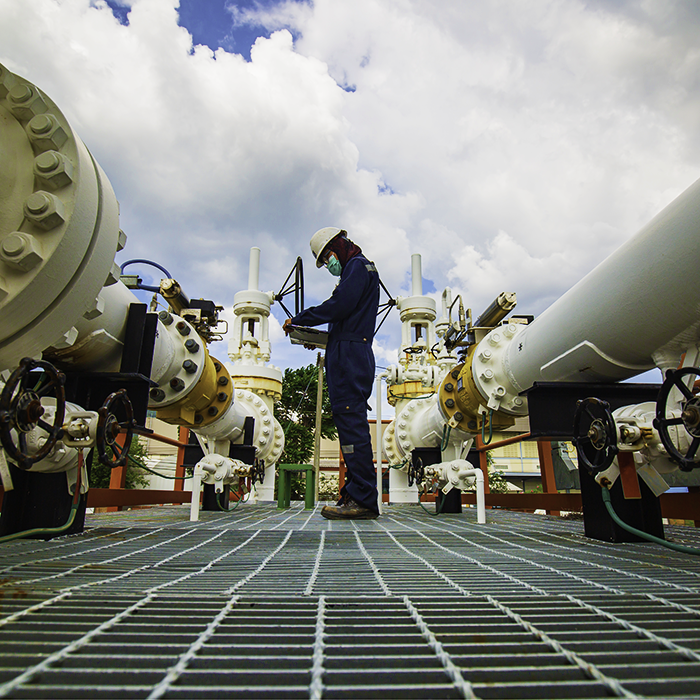Using a subsea water cut meter is an important part of the process of accurately measuring and controlling water cut in offshore drilling operations. Learn how these meter work and find out what factors go into their accuracy and successful operation.
What is a Subsea Water Cut Meter?
A Subsea Water Cut Meter (SWCM) is a tool used to measure the concentration of water in an oil or gas production stream. The meter works by utilizing a probe that is lowered into the well and measuring the water flow rate with highly sensitive sensors. This data is then sent to a subsea electronics module where it can be monitored and adjusted remotely to keep the water concentrations within acceptable limits.
Underwater Versus Above-Water Usage
Subsea Water Cut Meters can generally be used in both underwater and above-water environments. However, they are particularly advantageous when used subsea because they allow for extreme accuracy even in difficult conditions. By utilizing direct measurement systems, the water content readings are guaranteed to remain accurate regardless of any environmental or operational changes. They’re also especially useful for long-term production monitoring since they require minimal maintenance and upkeep.
Product Design and Benefits of Water-Cut Meter
Subsea Water Cut meters provide a wide range of benefits that make them ideal for many industries. They are designed to measure water content in extremely accurate and reliable ways, with products that can be used to determine water cut up to 99.9%. Additionally, they are lightweight and easily transportable, making them ideal for on-the-go operations. Plus, they require minimal maintenance or support intervention and are climate resistant, meaning the readings will remain reliable regardless of environmental conditions.
Installing and Calibrating Subsea Water Cut Meter
Installing and calibrating Subsea Water Cut Meter is not a difficult process, but it is important to ensure accuracy. When installing the product, make sure to disregard any pre-filled fluids as these are meant for demonstration purposes only. Instead, use fresh water and fill to capacity before running the calibration sequence. Once completed, run a few tests before putting your meter into action– this will ensure maximum accuracy and reliability in your readings.
Accurate, Reliable Measurement with Subsea Water Cut Meter
Subsea Water Cut Meter provides measurements that are accurate up to 1/3 of one percent. In addition, these meters are reliable in areas of low pressure, from 0-15psi, as well as high-pressure environments, from 0-6,000 psi. Furthermore, this product is compatible with multiple metric readouts for a versatile control solution. With its robust design and submersion capabilities to 8,000 feet, Subsea Water Cut Meter offers a powerful and reliable solution for controlling water depth readings in any environment.
Sentech Subsea Water Cut Meter
The Sentech Subsea Water Cut Meter, however, does not have the same constraints as many other technologies, and offers features that hugely expand potential use and benefit for subsea applications:



0 Comments
Trackbacks/Pingbacks